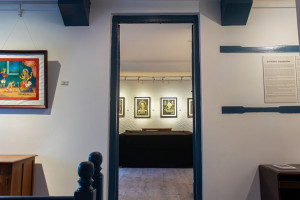Arts
Who said art is just about paints and canvas?
‘Perception 2020’ is not your regular art exhibition. The works on display defy the conventional understanding of art—they deserve attention.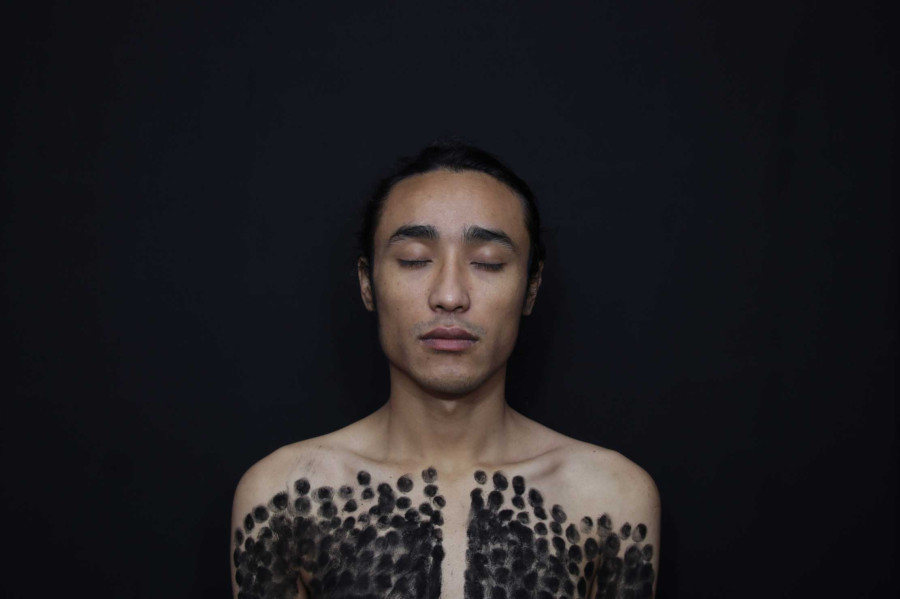
Ankit Khadgi
American author Seth Godin once said that art isn't just a painting. It’s anything creative, passionate, and personal.
These words stand true if one sees the latest exhibition of the graduating students of Design and Arts, at Kathmandu University, as the 21 students, whose final works of their graduation degree are exhibited, use various mediums of artistic expression to showcase their creativity.
Titled ‘Perception 2020’, the exhibition, which can be viewed on computer and mobile screens, is an unfolding of various emotions, ideas and feelings of the artists, whose medium of expression range from graphic designing to paintings, illustrations, photographs and mix-media work.
Among the display of such diverse works, eight of the artists have relied on studio art, while 13 of them have used their expertise of graphic communication and through illustrations, pictures and graphic designing, they have exhibited their creations.
One of the common themes in most of the artworks is cultural identity. In many artworks, we get a peek into the cultural realities of the artists who through their artworks depict stories associated with various traditions, norms, and values of the culture and community they belong to.
For instance in her work, ‘Samaya Baji’, an illustrated children’s book, Prastuti Chitrakar presents an intriguing and visually engaging story of the importance of samaya baji, an important meal of Newa cuisine.
In the illustrated book, which is specially designed for children, she retells how each of the five food elements—syabaji (beaten puffed rice), haku musiya (black beans), paalu (ginger), chhwela (spiced grilled buffalo meat) and aila (liquor)—of the samaya baji hold religious and cultural value in the Newa community.
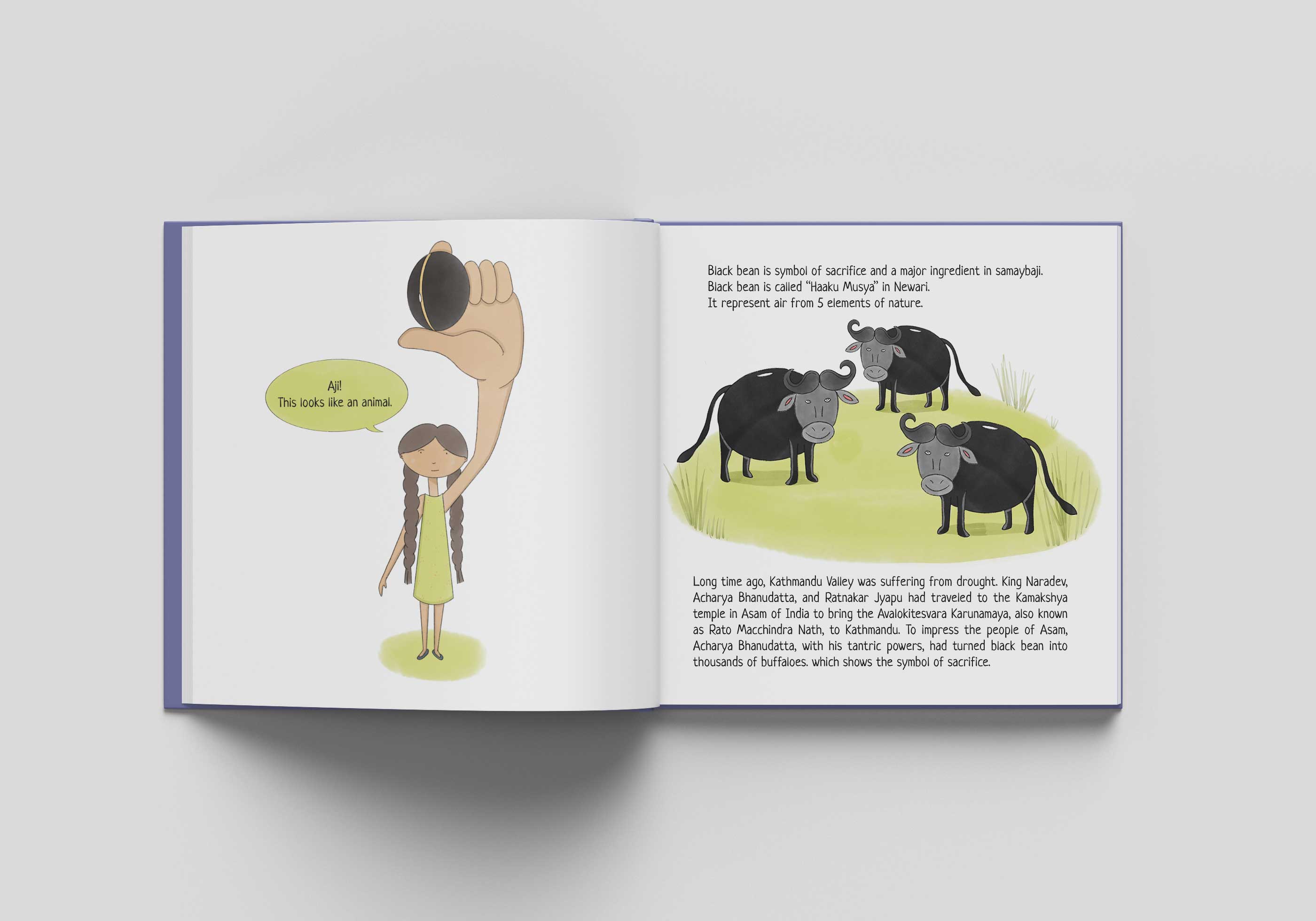
It is believed that these five foods represent the five elements of nature—space, air, water, land and fire. And for those who are unaware of such intriguing facts, Chitrakar, through the help of colourful illustrations, tries to educate in a fun, bright way, so that more readers, especially young children, are fascinated to learn more about their culture.
Like Chitrakar, another artist Bishwo Manandhar also uses the medium of an illustrated book to express his creativity. In his work, ‘Exploring Indra Jatra: An Illustrated Book’, Manandhar through his two characters Babu and his grandfather Bajya presents the intriguing tales behind the celebrations of many customs during Kathmandu’s biggest festival, Indra Jatra.
His illustrated book is equally colourful and the fact that he tries to present the story based on the characters of the present generation rather than just retelling ancient tales makes his book palatable to the sensibilities of his target audience.
While both Chitrakar and Manandhar might have been lucky to witness the traditions and customs of their community with their own eyes, and have created the artworks based on their first-hand experiences, not every person might be lucky like them.
Over the years, many cultural changes have taken place, which has resulted in the changing of cultural values among many people who either are forced to or consciously leave their customs, norms and artefacts and adopt new ones. Depicting such cultural loss, many artists through their works also dwell on themes of cultural preservation in a nuanced, subtle manner.
One such artist is Nikesh Yonjan who through his artworks recreate the tradition of writing Choye (Buddhist script) and other traditional artforms of his community, which his family were involved in as well.
While Yonjan's artworks aren't an exact replication of traditional Buddhist artworks, in his creations, he tries to juxtapose the themes that represent the present scenario. For instance, his artwork ‘Choye’ isn’t just only a manuscript he recreates. Rather, he merges present-day themes and presents the Choye in a way that it looks like a web browser, complete with a search button and other icons which normally appear when we are using the internet.
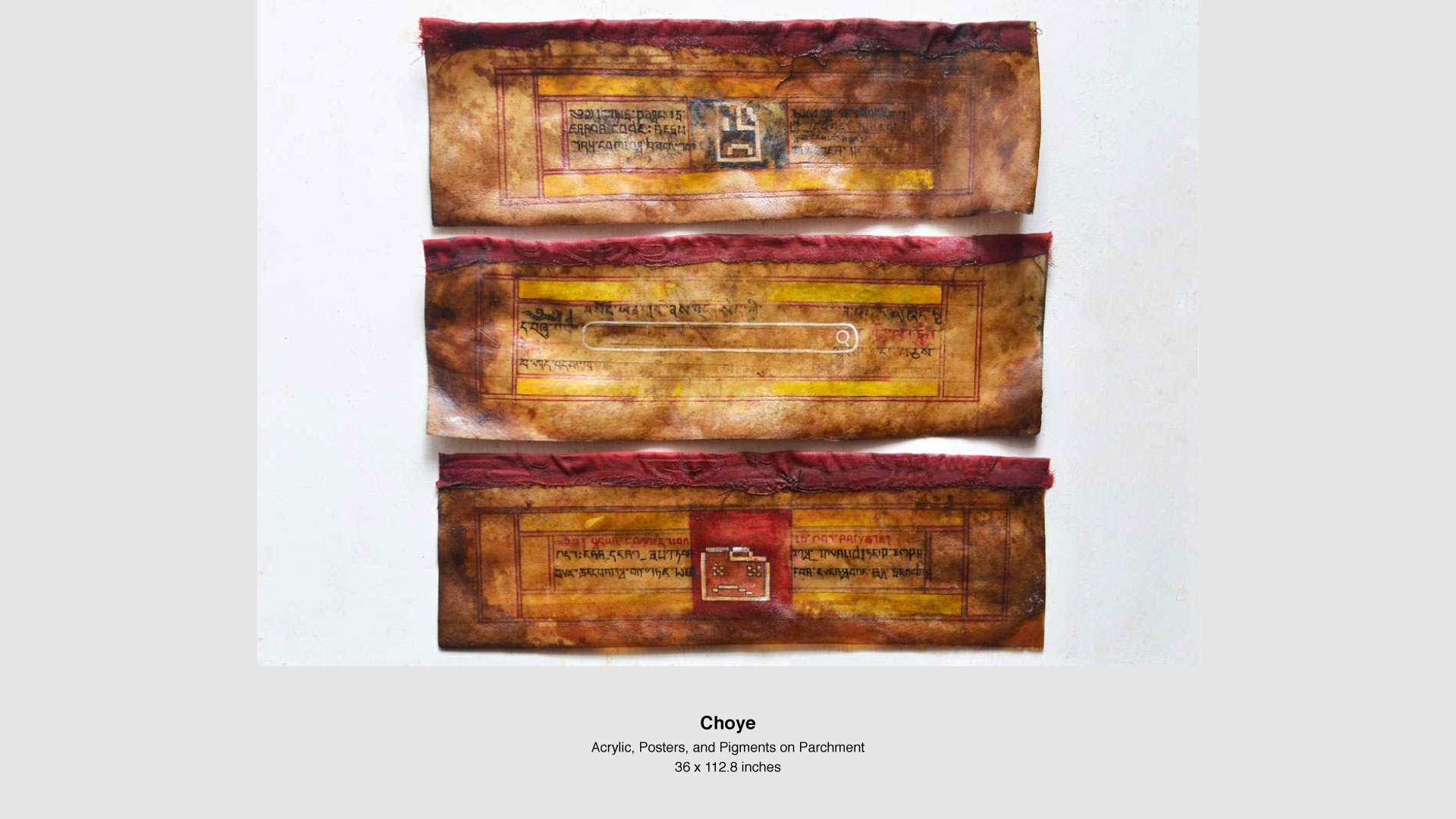
Through such juxtapositions of various visual images, Yonjan is able to represent the current cultural realities where there is a constant tussle of the modern and traditional culture, which the current generation is witnessing.
Another equally poignant and evocative artwork is by Denish Maharjan. In his artwork, ‘Echoes from the Serenity’, Maharjan makes the audience invested in knowing his personal spiritual journey, his inner thoughts and experiences as well as how he feels connected to his roots and culture.
For instance, in his artwork ‘Echoes from the Serenity’ and ‘Echoes from the Serenity I’, he makes an interesting and intriguing attempt in using his cultural practices and traditions in creating his artwork.
In ‘Echoes from the Serenity’, Maharjan, on canvas, makes a maze-like structure through the help of rato mato (red mud) and mohani sina, a black tika that is usually worn by Newa people during Mohani (Dashain). Similarly in ‘Echoes from the Serenity II’, he covers the whole canvas with dots made by mohani sina, whereas in ‘Echoes from the Serenity III’, through a photo series, Maharajan depicts a process of making a mandala.
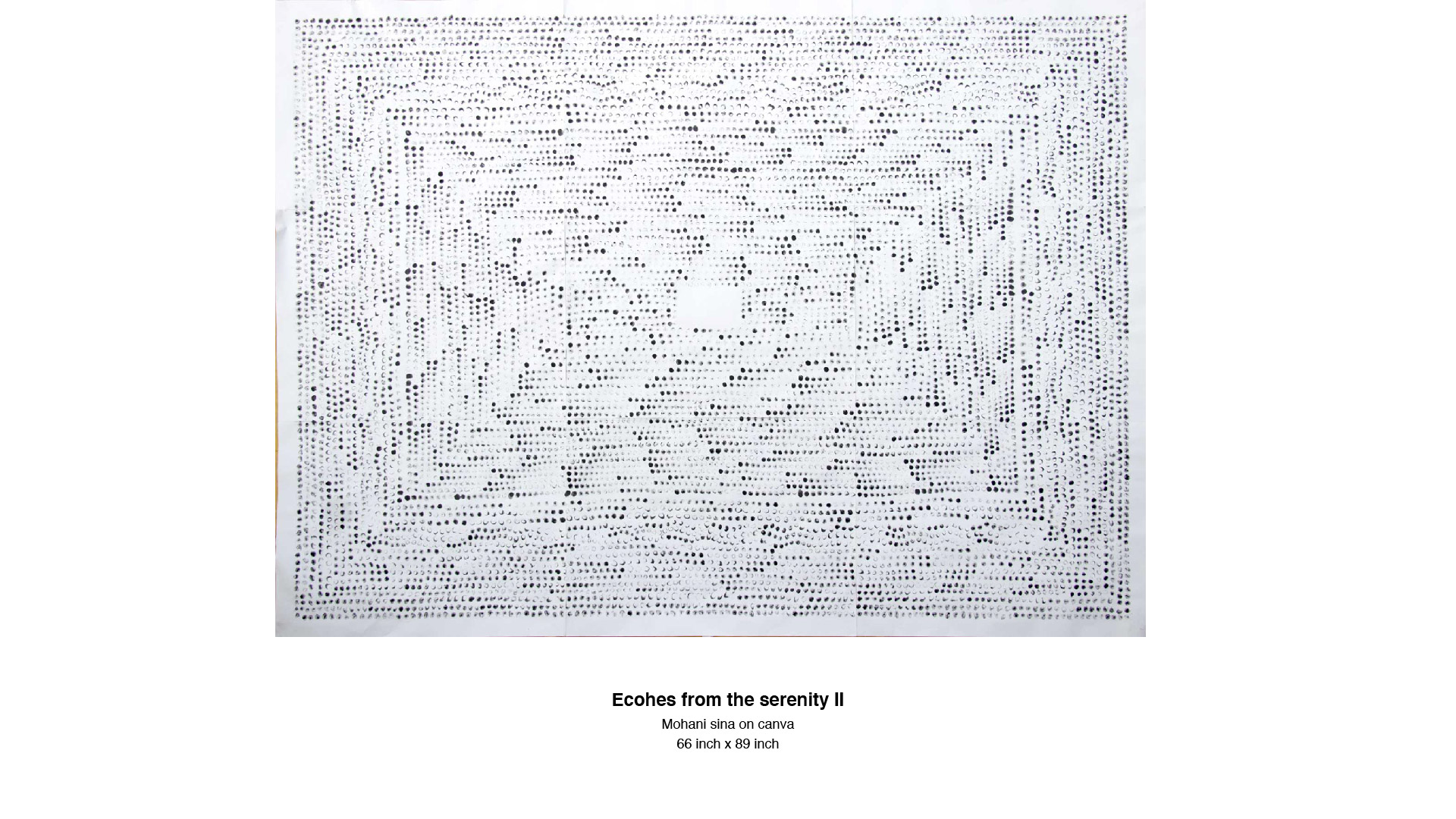
In his art statement, Maharjan writes that he is inspired by the tradition of daily worshipping mandala in front of his house, as it intrigues him how simple daily rituals like these are connected to the whole human life.
And channelling this inspiration not only he makes his artworks fascinating to look at, but by encompassing the themes of the mandala, he also gives meaning and depth to his artwork.
Religiously, dots, which are also called bindu, are considered the starting point of any creation. Similarly, it is also believed that it is the point around the bindu, mandala, which is a manifestation and representation of the essence of the universe, is created.
Since he creates his artworks based on the concept of bindu, through his creations, Maharjan is able to effortlessly encapsulate the essence and significance of mandala, making his artworks stand out from other artists.
Meanwhile, Aman Shahi’s project to document the historic settlement of Pyangau is also remarkable. Creating a photobook, Shahi captures the pictures of Newa inhabitants of the area, which although is just a few kilometres away from the Capital but has its own customs, traditions, a different dialect as well as the unique craft of making pyang, a bamboo container, which was widely used in the ancient times.
But not every artist has made their creations in the exhibition by getting influenced by their communal life. A few of them have shared their deep emotions and feelings through their artworks. One such artist is Kripa Shakya who uses the medium of photos as her artistic expression for her project.
Titled ‘Maroon’, Shakya through her black and white photo series documents her mother. From her workspace to home, Shakya’s camera follows her and we are presented with images where her mother is doing normal things like stitching, washing clothes, doing pooja and her other regular chores.
But within the simplicity of her mother’s daily routine, Shakya is able to capture the beauty and the warmth of her mother as she creates soulful images of hers. They are images of hearts, making an everlasting impact.
There are very rare occasions when each artwork in an exhibition can be unique and is filled with passion and thoughtful expressions and ideas. ‘Perception 2020’ is one such rare exception, as finding flaws in the creations of 21 artists is a difficult task, as every artist has given their best, in creating whatever they are passionate about.
But what makes this exhibition more special and unique are the line of works that are on display.
The exhibition tries to defy and challenge the conventional notions attached to what should be considered as an art, as we the viewers are not only presented with paintings, sculptures, drawings or photographs.
A considered number of art projects made by the students of graphic communication are presented as well, who through their works showcase the significance of art in everything and how anything related to creations, creativity and imagination can be an art.
For instance, in Dhiraj Manadhar’s project, ‘Dhau: Rethinking the packaging for locally produced Yoghurt', the artist uses his artistic knowledge in creating a sustainable design for packing the local yoghurt, Juju Dhau.
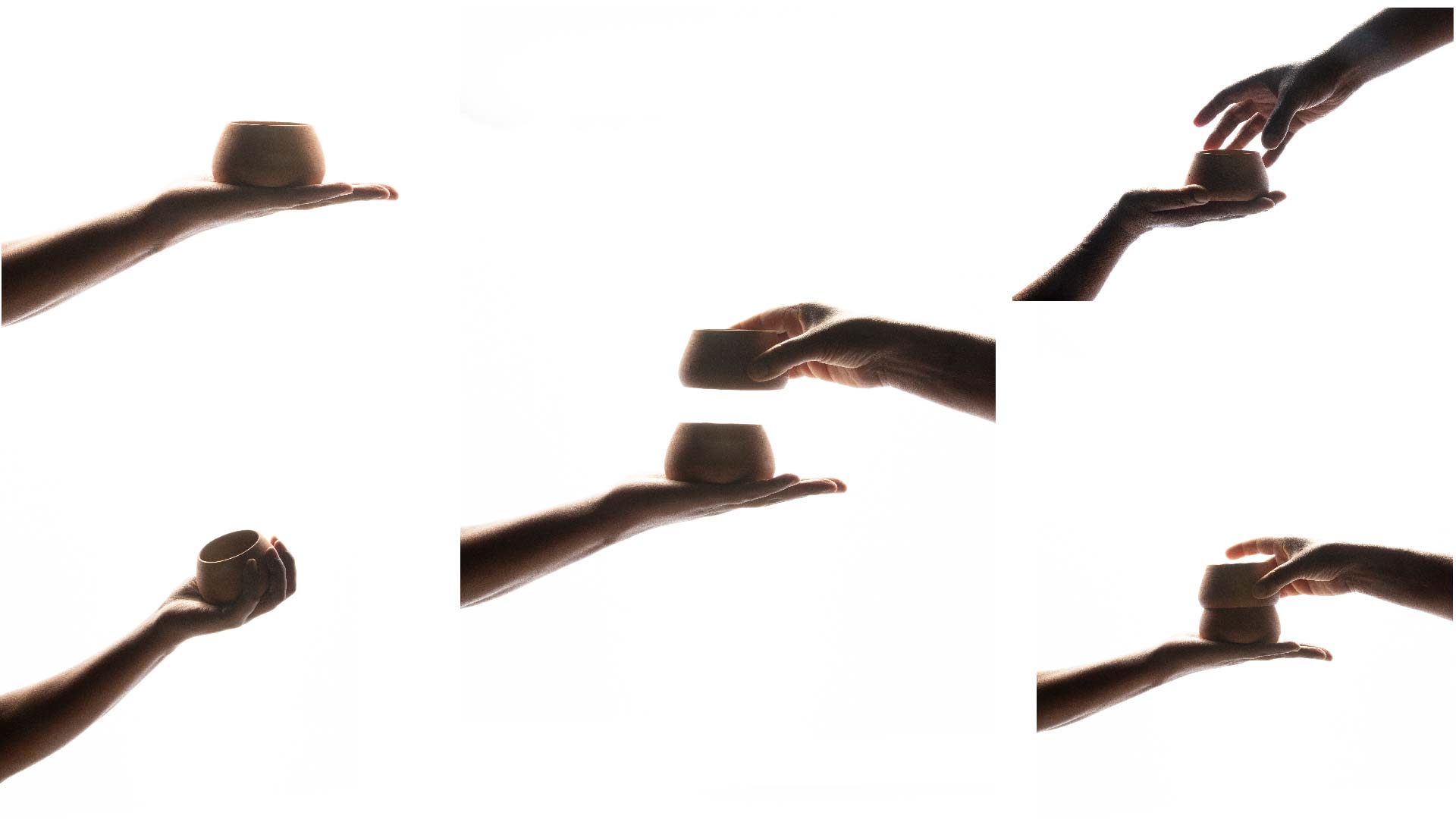
His idea of using local craftsmanship in making the packaging is innovative as well as is a reflection of how we use art and craft in other things.
Similarly, Shely Shrestha’s project ‘Baja: Ceramic Jewelry’ is equally interesting, as she uses her craftsmanship to create wearable jewelleries that are inspired by traditional Nepali musical instruments.
What’s also great about the exhibition is that it presents videos that show the intentions of the artist and the whole process behind their creations—from them showcasing their artworks, ideas, and even promotional materials, which gives viewers a peek into deeply understanding every artwork.
One thing that could have made the exhibition better was if viewers could see the final product of a few projects instead of the prototypes that were available. Nonetheless, the interactive display of works of 21 upcoming artists reflects the endless possibilities of art and the great future they have ahead.




 19.12°C Kathmandu
19.12°C Kathmandu
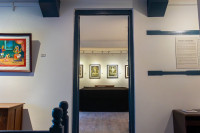
%20(1).jpg&w=200&height=120)
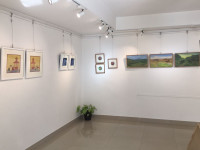
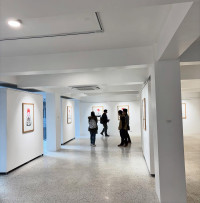
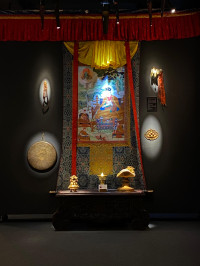
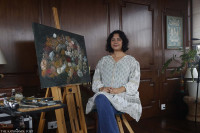
%20(1).jpg&w=300&height=200)
